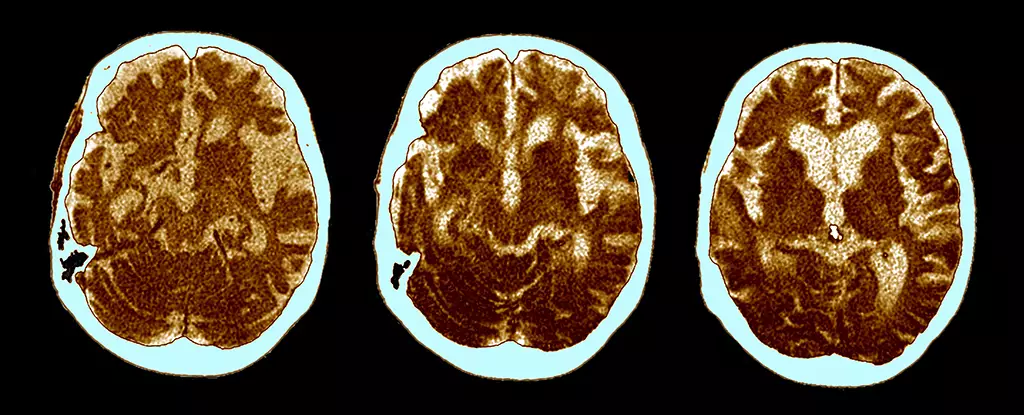Alzheimer’s disease has long been associated with the accumulation of proteins in brain cells, but a recent study has shed light on a different aspect of the disease. Lipid deposits, which were first observed by Alois Alzheimer over a century ago, have not received as much attention as other biological changes linked to Alzheimer’s. However, researchers from Stanford University School of Medicine are now focusing on understanding the role of these lipid deposits in the development of the neurodegenerative condition.
One key factor that the researchers looked at was the gene responsible for producing apolipoprotein E (APOE), a fat-transporting protein. Variations in this gene have been identified as an important risk factor for Alzheimer’s disease. The study examined the different forms of APOE, namely APOE1 to APOE4, and their impact on fat transport in cells. Interestingly, the APOE4 gene was found to be associated with higher levels of a specific enzyme that facilitated the movement of fat within cells.
In a follow-up experiment, the researchers observed that non-neuronal brain cells called glia accumulated more fat when exposed to amyloid in samples from individuals with the APOE3 or APOE4 gene variants. This finding suggests a potential mechanism by which toxic materials build up in the brain, with neurons possibly being affected by the lipid accumulation in supporting glial cells. While further research is needed to fully understand this process, the study opens up new possibilities for investigating treatments for Alzheimer’s disease.
The findings in this study raise the question of whether targeting the flow and accumulation of fat within brain cells could be a viable approach to treating Alzheimer’s disease. As research continues to uncover the intricate connections between different parts of the body and the brain, including the mouth and the gut, scientists are slowly but steadily progressing towards developing more effective treatments for this devastating condition. By delving deeper into the role of lipid deposits and their interaction with proteins in Alzheimer’s pathology, we may be able to unlock new avenues for intervention and ultimately improve the lives of individuals affected by the disease.


Leave a Reply